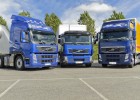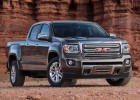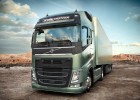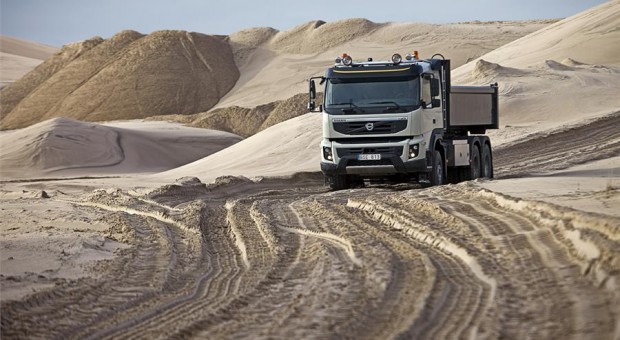
Driverless Trucks: Smart Or Stupid?
With production levels on the rise in the USA, trucking is one of the jobs that is most in demand. Long highways between states and the need to bring supplies means that vehicles are required more and more to bring the right materials and food to where they need to go. Truckers are often well-paid for their long hours, given that being on the road and away from family for a length of time is difficult.
In 2016, however, Uber made this announcement about acquiring Otto. Otto is a kit that can transform a big truck – or any bigger rig – into one that is driverless. This huge step in the world of technology can allow trucks to navigate, stay on the course set for them and respond to the dangers of other people and traffic around them without the need for human intervention. Sounds a little futuristic, doesn’t it?
Well, this IS the future and we are living in it. Technology is now allowing for the development of driverless cars and trucks to be on our roads. Human error is the biggest cause of road accidents and the need for a truck accident attorney is very real right now.

Driverless cars are already in production with the big names out there, and if the safety of people on the road is in question then driverless trucks may well be a clever idea. The biggest downside to driverless trucks, however, is the question of what will happen to the drivers.
Automation may be the future: we see it everywhere now. Self-service checkouts in supermarkets and post offices was the start, it’s moving toward to the banks now and soon the roads. The decline in manufacturing positions available for people is huge – almost 30% – and this is having a direct effect on the number of jobs people can now get.
With automation taking over the need for hiring physical people, the rate of unemployment will unfortunately soar. For the foreseeable future, the automated trucking plans will likely be limited to very long-haul jobs. Cross-country driving that doesn’t require the need for people to be on the road the whole time is a wonderful technological development, but the question rises as to whether this has a negative impact on human intervention and need with machinery. Is there such a thing as going too far with technology? Countries around the globe are producing more than they ever have and it is doing it all with fewer workers.
There will always be some intervention with any automated service. Humans will still be needed to be on hand to guide and help if necessary and piloting a truck that is running across country on its own will still be there.
There will be jobs, just fewer jobs. Jobs evolve over time so a long-haul driving role could change into a very sought-after piloting job, looking after the trucks in their last few miles and ensuring that they arrive at their destinations unscathed and on time. The trucking industry is always concerned about finding drivers, as the role itself is not an easy one and people need to have more in their lives than just being on the road for days at a time.
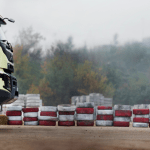 Companies will benefit from automated trucks, with the costs of human labour being almost eradicated completely. Trucking comes with its own risks for people; exhaustion being one of the biggest out there for people. Automated trucks would likely not have the same issues with exhaustion!
Companies will benefit from automated trucks, with the costs of human labour being almost eradicated completely. Trucking comes with its own risks for people; exhaustion being one of the biggest out there for people. Automated trucks would likely not have the same issues with exhaustion!
Given the nature of the oil and gas industries, they are very concerned about their own safety on the roads. Highly flammable materials in the hands of tired and overworked drivers is a big risk. Even using a smartphone around flammable material can be dangerous and so with the possibility of automated trucks being on the road and controlled remotely, the risks of crash and fire are significantly less. However, there is one big social concern with driverless trucks.
Being on the road with your family in the car is risk enough – imagine looking through the rear-view mirror and seeing a huge truck with no driver trundling behind you? Scary thought for some! A lot of time will need to be taken to address hazards on the road with a vehicle that has no one controlling how it runs. Swerving ice patches or handling harsh weather will be a concern, which is why it will take some years of rigorous safety testing before automated trucks are unleashed!
Drive safe!


